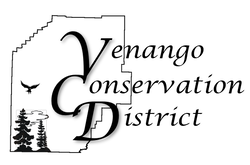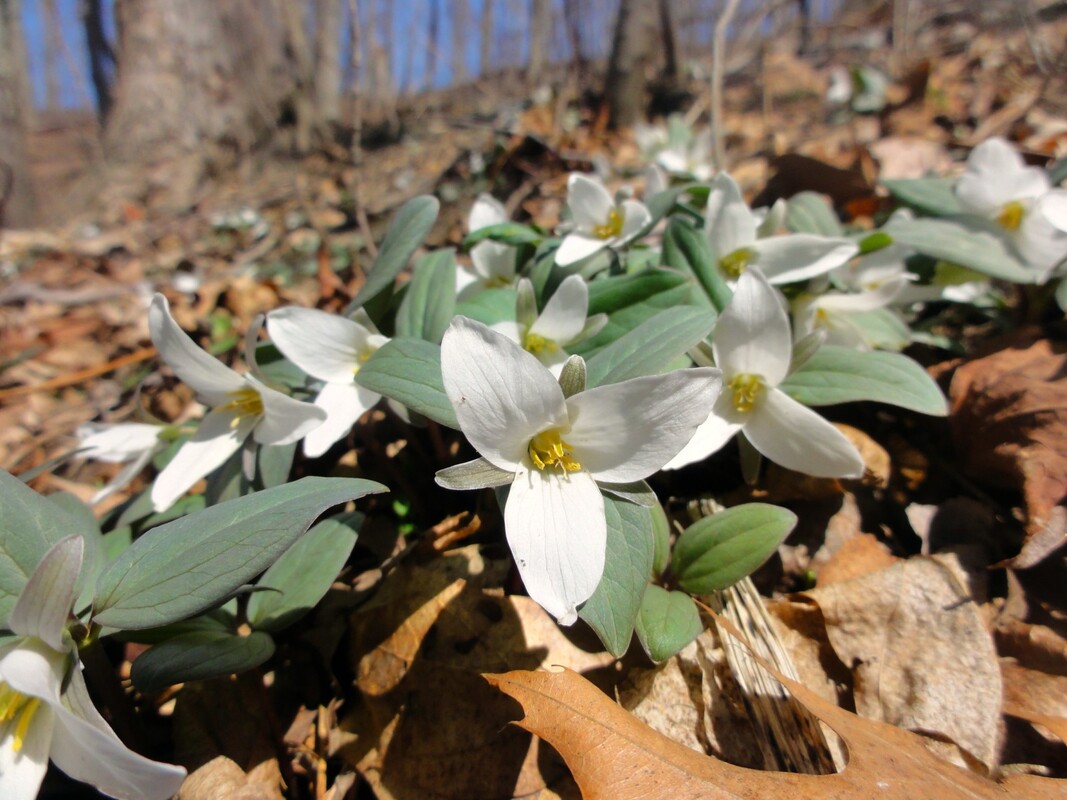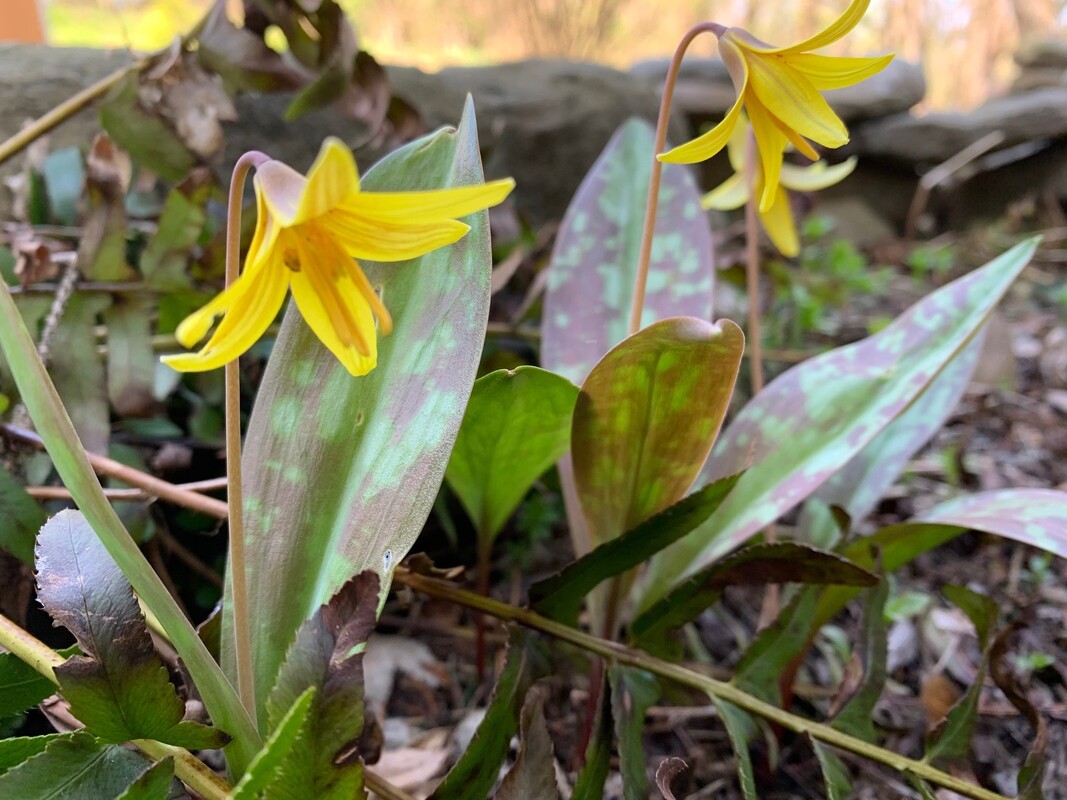Early Bloomers: Get to know Spring Ephemerals By Bailey Kozalla, Venango Conservation District4/11/2023 Birds chirping, trees budding, and peepers peeping - the spring season is officially upon us! As we begin to enjoy the warmer weather and sunshine, the signs of the new season are all around us. The plants and wildflowers that begin to emerge after winter are called spring ephemerals. While the seasonal lifespan of these perennials is short-lived, they are important to the health of the ecosystem. These woodland wildflowers will begin to emerge from their dormant stage as the daylight hours begin to prolong at the beginning of spring. As the soil temperature increases, they will start growing stems, leaves, and flowers. The growing strategy of these plants allows them to take advantage of sunlight availability during this time of year. In deciduous forests, leaves have not yet grown on trees which permits sunlight to reach the forest floor in a much higher surface area. The spring ephemerals are able to use this sunlight to conduct photosynthesis and complete their cycle of blooming, pollination, and setting seed before the overstory trees shade the forest with their foliage in the summer. How to Grow Spring Ephemerals These plants are a great way to include early-blooming landscaping on your property. Plant them near an area with deciduous trees in moist soil (areas that receive sun in the spring, but are shaded in the summer). The fallen leaves of deciduous trees ensure an even ground temperature in the winter and keeps the soil rich and moist for ephemeral plants. Grow them under this leaf litter, which provides the environment needed for them and their pollinators. Planting them in the fall or early winter is ideal. Since they would be dormant during this time, however, you would be planting only the root or bulb of the plant. Ephemerals can be planted in the spring, but they may not flower during its first season. Spring ephemerals currently established in the wild should not be removed as they serve as an important food source for wildlife emerging from hibernation and for pollinators. The sensitive nature of these plant species also do not fare well being transplanted. It is best to purchase them from a nursery or online through a native plant mail order company. Types of Spring Ephemerals Here are a few species of spring ephemerals that you may see on your own property or on your next hike in and around Venango county. Photos and descriptions of these species are adapted from the Western Pennsylvania Conservancy’s website. To view descriptions of these spring ephemerals and others, visit their website here: https://waterlandlife.org/spring-wildflowers/ Snow Trillium (Trillium nivale) This member of the lily family is found only on the western side of Pennsylvania. Only growing to 15 centimeters tall, this plant grows fleshy structures called fatty elaiosomes which attract ants to disperse its seeds. Squirrel-corn (Dicentra canadensis) This plant begins to bloom in mid April and goes to fruit by mid May. By the time the fruit ripens, the leaves are yellow and are resting on the ground. They can be exposed to natural erosion due to their preferred habitat being rocky, mountainous slopes. Yellow trout lily (Erythronium americanum)
You can find large colonies of this bright yellow flower covering the forest floor. The plant gets its name from its mottled leaf markings that resemble a brown or brook trout (and they bloom during trout fishing season!). It can take up to five years for the plant to start producing a flower. The plants reproduce with both runners and seeds, and like the trillium, ants help to propagate the seeds.
2 Comments
4/19/2023 11:28:02 am
I wanted to express my gratitude for your insightful and engaging article. Your writing is clear and easy to follow, and I appreciated the way you presented your ideas in a thoughtful and organized manner. Your analysis was both thought-provoking and well-researched, and I enjoyed the real-life examples you used to illustrate your points. Your article has provided me with a fresh perspective on the subject matter and has inspired me to think more deeply about this topic.
Reply
1/24/2024 12:04:18 am
Jack Listens is a food department store in the United States that values its customers' opinions. They offer a survey at https://jacklistenscom.page/, where customers can provide their feedback. As a token of appreciation, customers who take part in the survey have a chance to win two Tacos coupons. It's an excellent opportunity for customers to share their thoughts and be rewarded for their valuable input.
Reply
Leave a Reply. |
CATEGORIESs
All
Archives
July 2024
|




